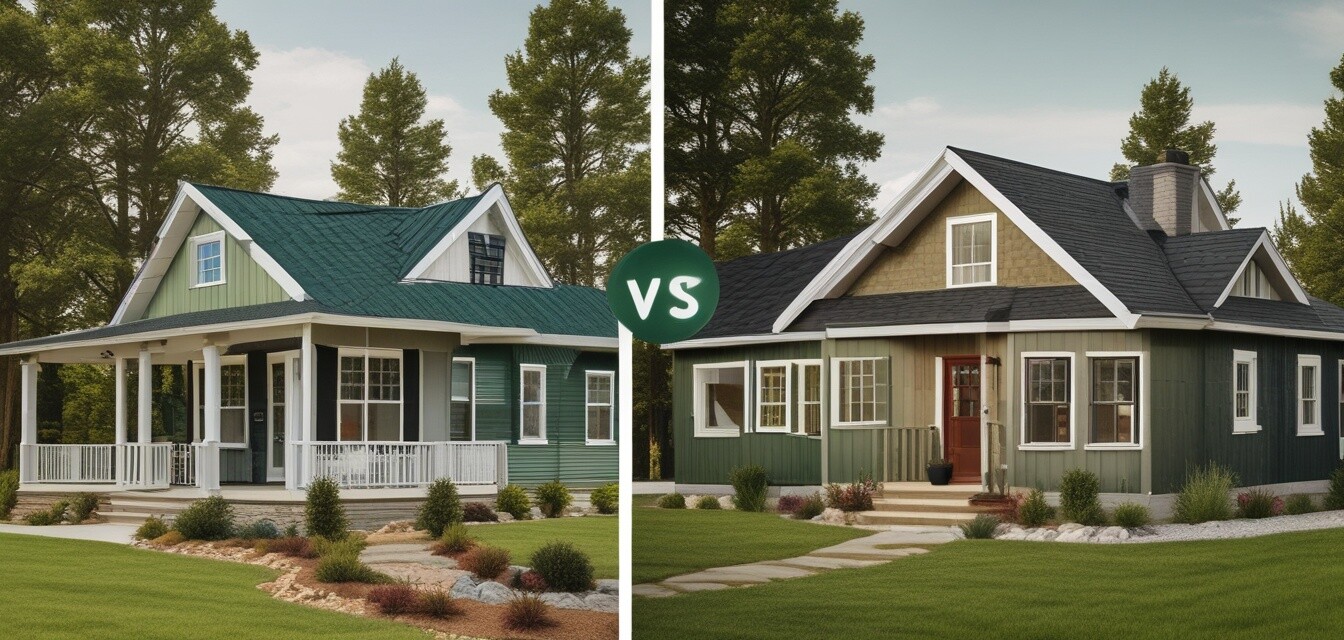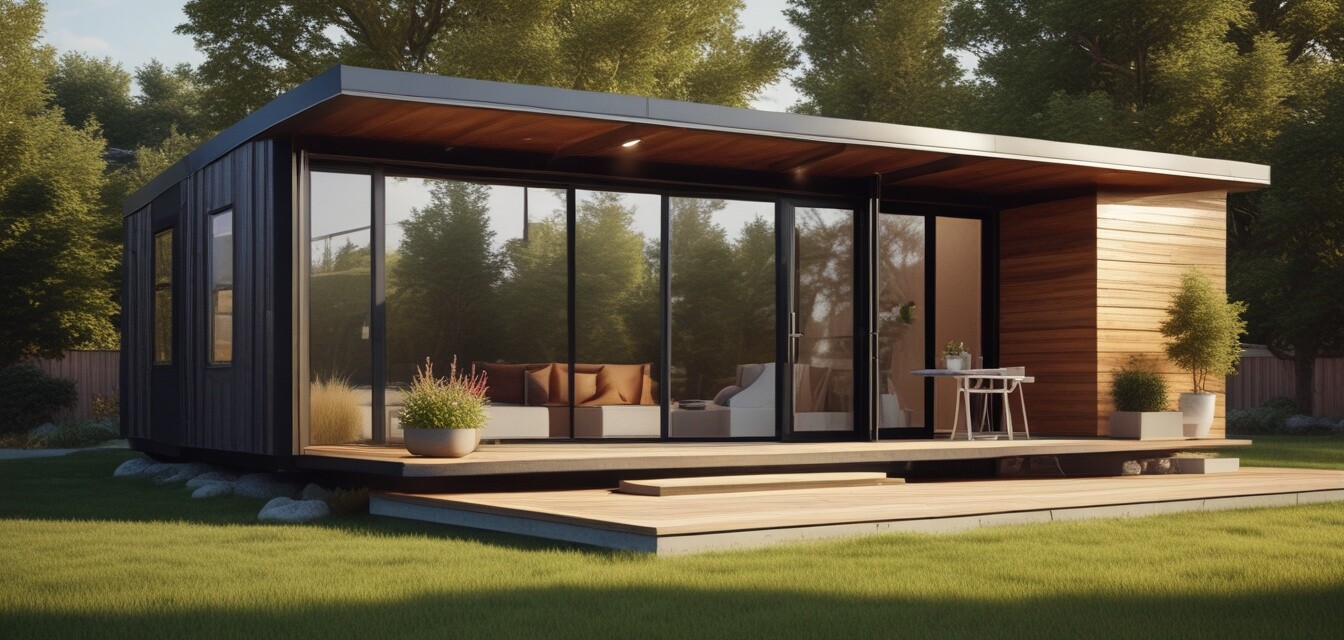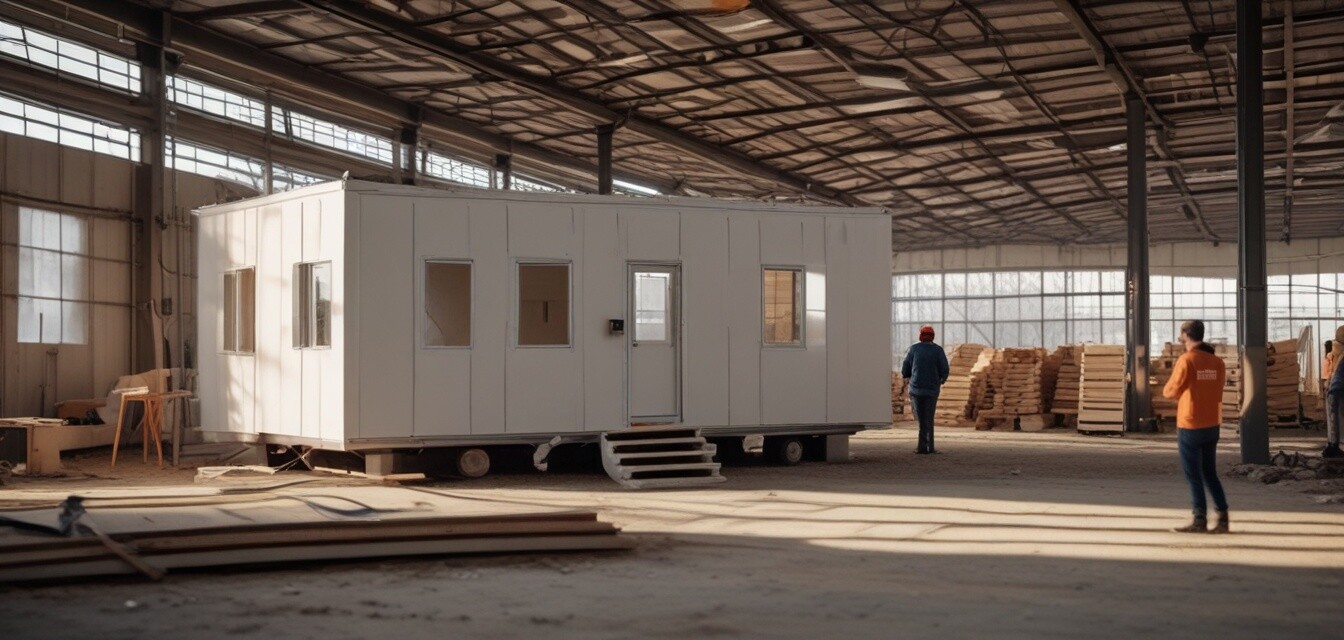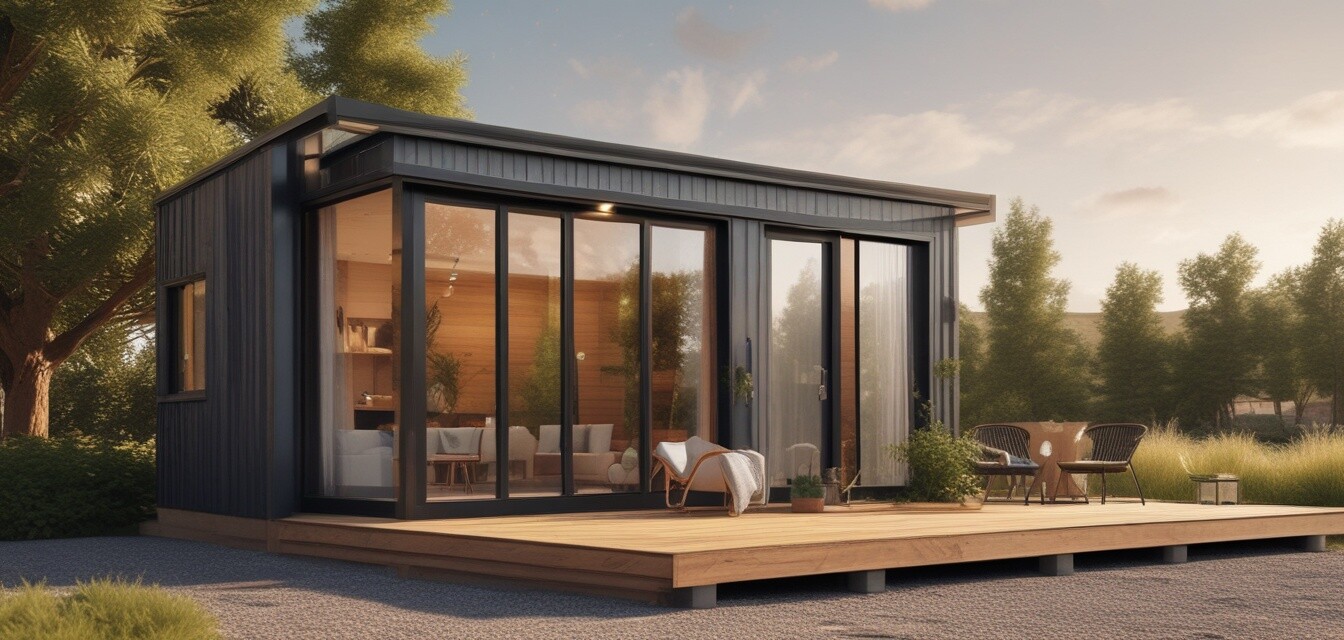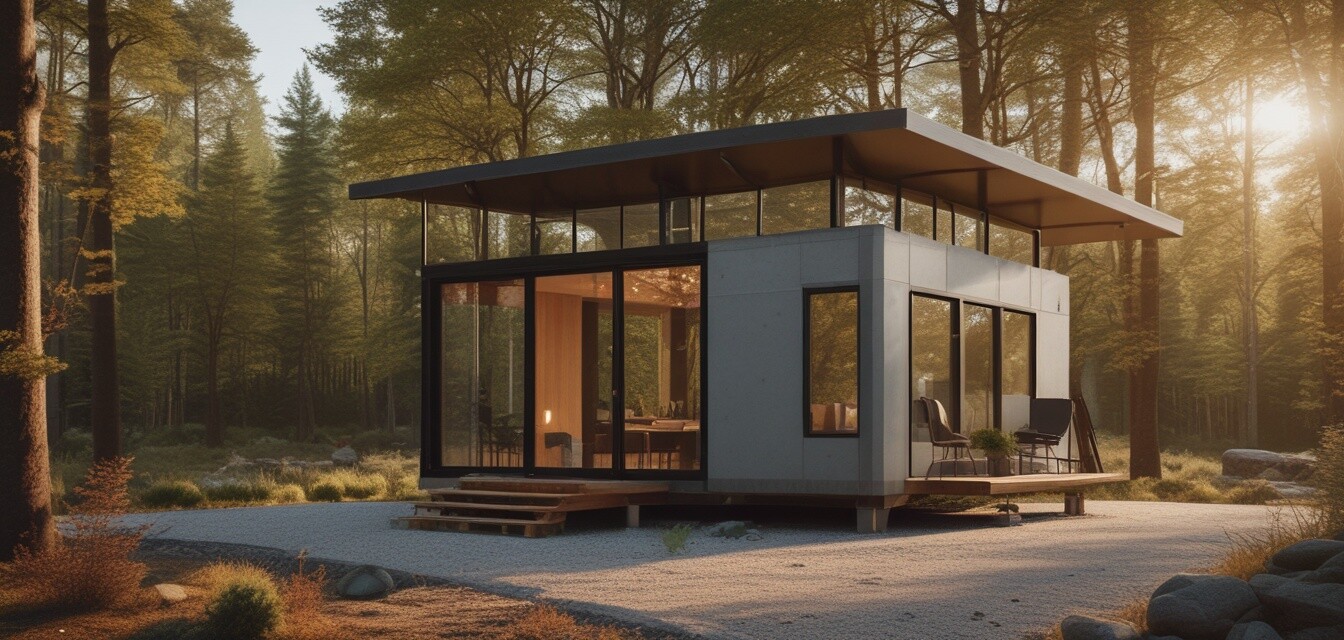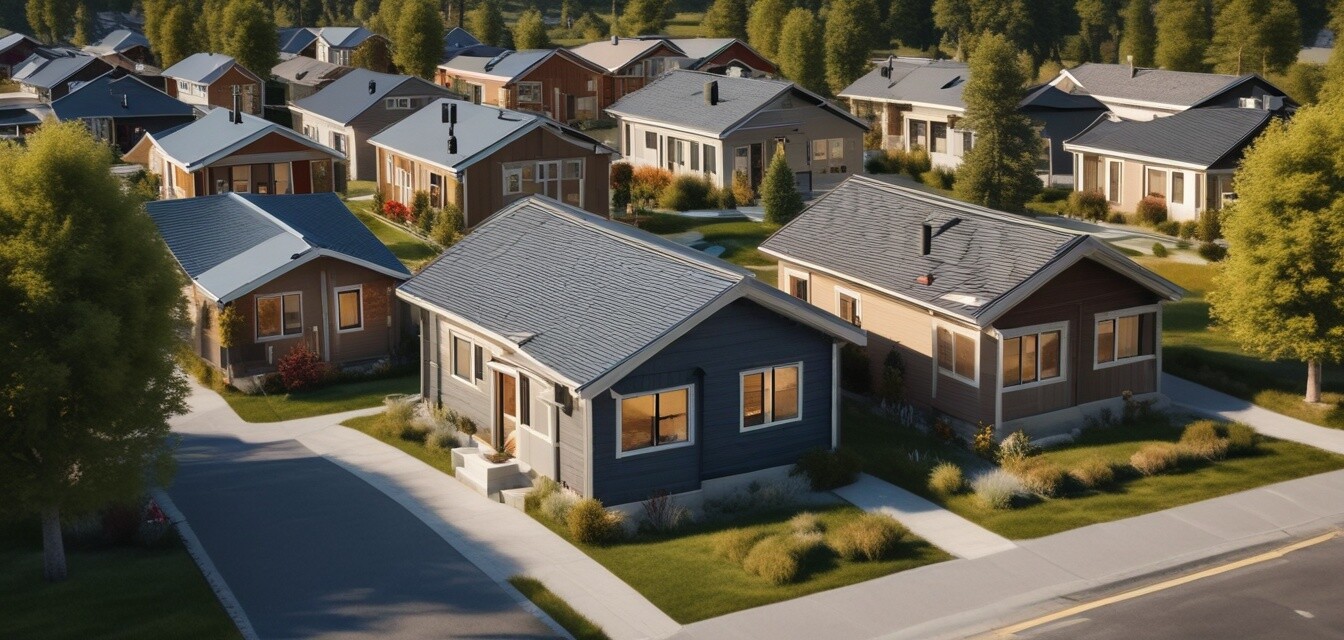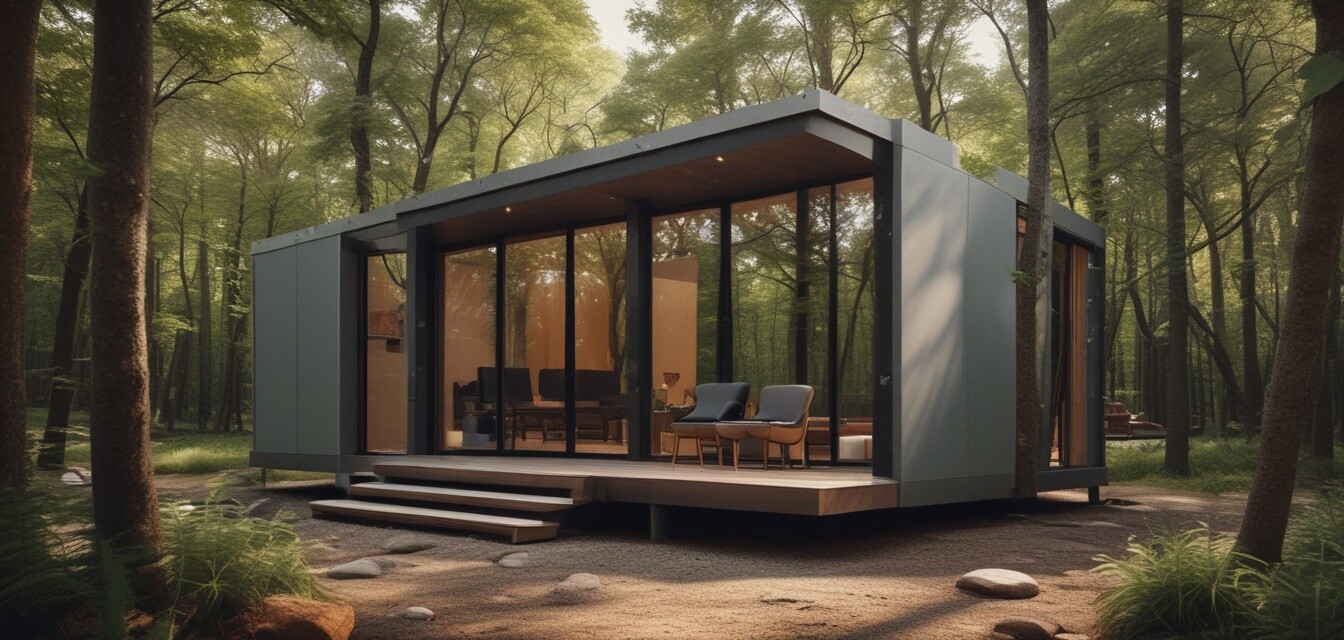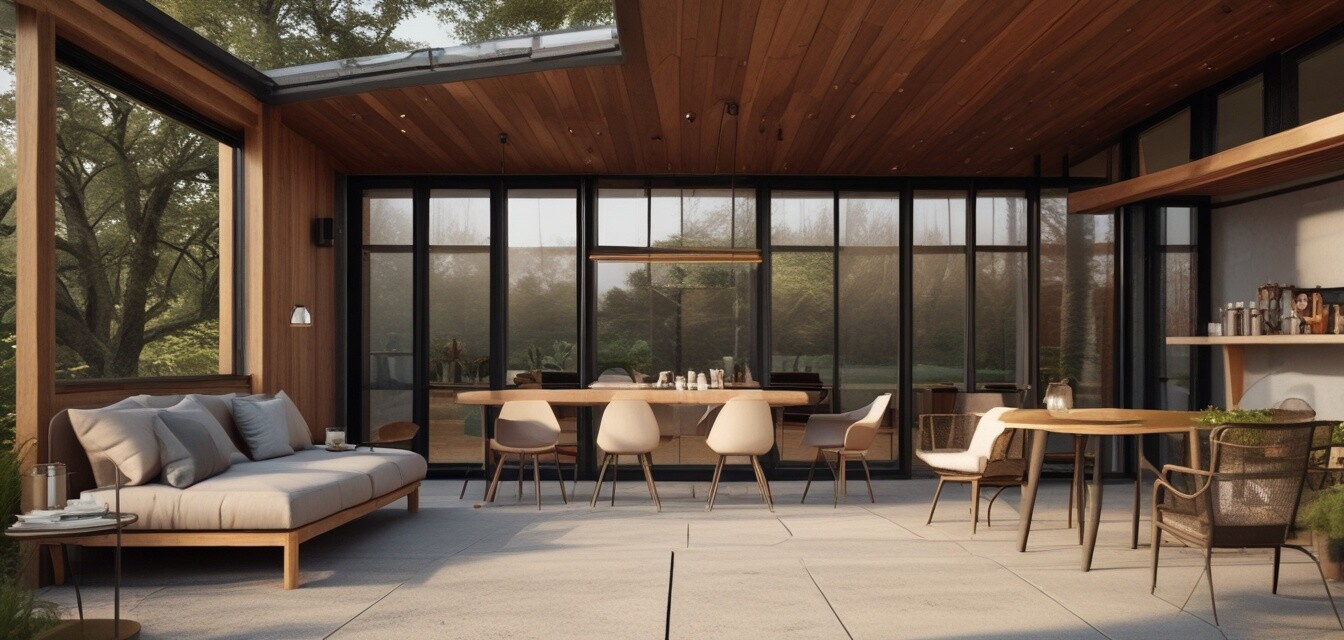
Disclosure: This content was generated with the assistance of AI and is not based on personal experience. It includes affiliate links, which means we may earn a commission if you make a purchase through them—at no additional cost to you. As an Amazon Associate, we earn from qualifying purchases. All product recommendations and endorsements are AI-generated and do not reflect personal opinions or hands-on evaluations.
Prefab Home Materials and Options
When it comes to building a prefab home, one of the most important decisions you'll make is choosing the right materials. Not only do they affect the overall aesthetic of your home, but they also impact its durability, sustainability, and maintenance requirements.
Key Takeaways:
- Prefab homes can be made from a variety of materials, including sustainable options like recycled steel and low-VOC paints.
- Customizable options like flooring, countertops, and exterior finishes allow homeowners to personalize their space.
- Energy-efficient materials and systems can help reduce energy consumption and lower utility bills.
Material Options for Prefab Homes
Prefab homes can be constructed using a range of materials, each with its own unique benefits and drawbacks. Here are some of the most common material options:
| Material | Benefits | Drawbacks |
|---|---|---|
| Steel | Strong, durable, and resistant to pests and natural disasters | Can be noisy, and may require additional insulation |
| Wood | Natural, sustainable, and can be used for a variety of design styles | May be prone to rot and insect damage if not properly maintained |
| Modular Panels | Energy-efficient, durable, and can be customized for different design styles | May be more expensive than traditional building materials |
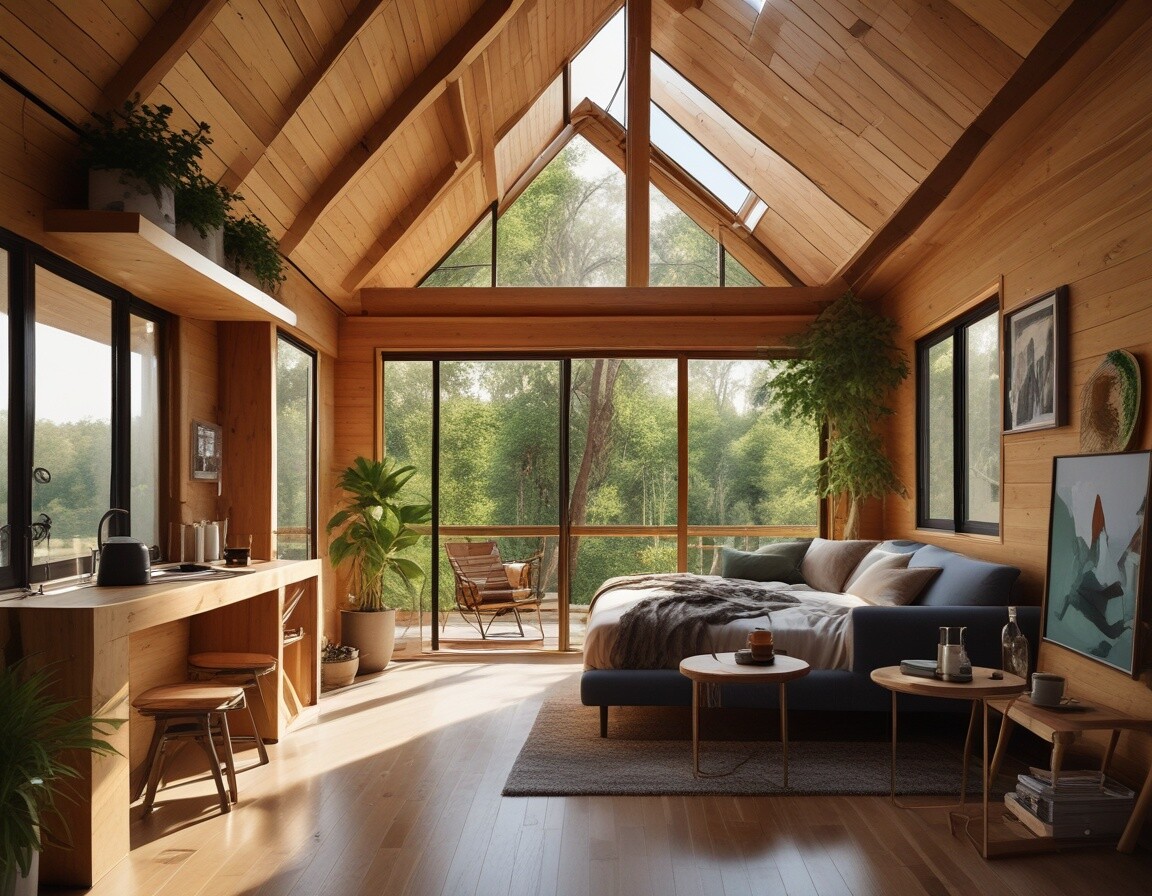
Customizable Options for Prefab Homes
In addition to the material used to construct the home, prefab homeowners can also customize various aspects of their space to fit their personal style and needs. Here are some of the most common customizable options:
- Flooring: hardwood, carpet, tile, and more
- Countertops: granite, quartz, butcher block, and more
- Exterior finishes: vinyl, brick, stucco, and more
- Energy-efficient systems: solar panels, tankless water heaters, and more
Pros of Customizable Options
- Allows homeowners to personalize their space to fit their unique style and needs
- Can increase the value of the home
- Provides energy-efficient options to reduce utility bills
Cons of Customizable Options
- Can increase the overall cost of the home
- May require additional maintenance and upkeep
Energy-Efficient Materials and Systems
In addition to customizable options, prefab homes can also be constructed with energy-efficient materials and systems to reduce energy consumption and lower utility bills. Here are some examples:
| Material/System | Benefits |
|---|---|
| Solar Panels | Generates renewable energy and reduces reliance on traditional power sources |
| Tankless Water Heaters | Provides hot water on demand, reducing energy waste and saving money |
| Low-E Windows | Reduces heat transfer, keeping homes cooler in the summer and warmer in the winter |
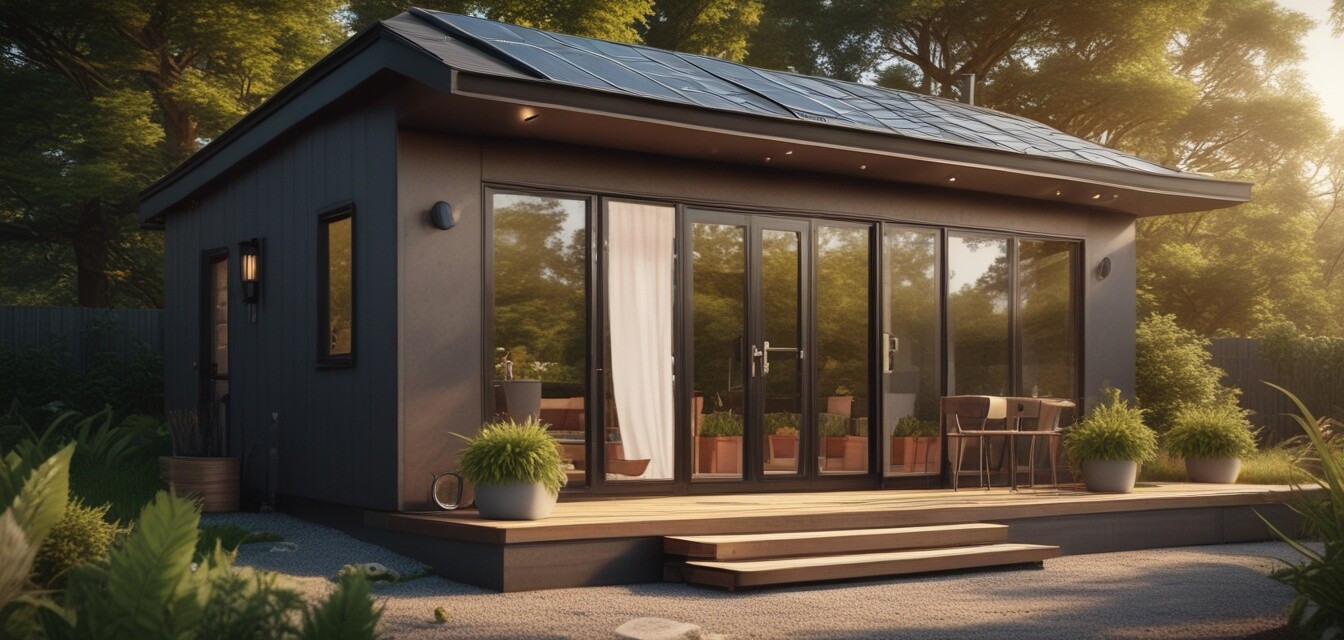
For homeowners looking to reduce their environmental impact, prefab homes offer a range of sustainable material options and energy-efficient systems. By choosing the right materials and customizable options, homeowners can create a space that not only fits their personal style but also helps to reduce their carbon footprint.
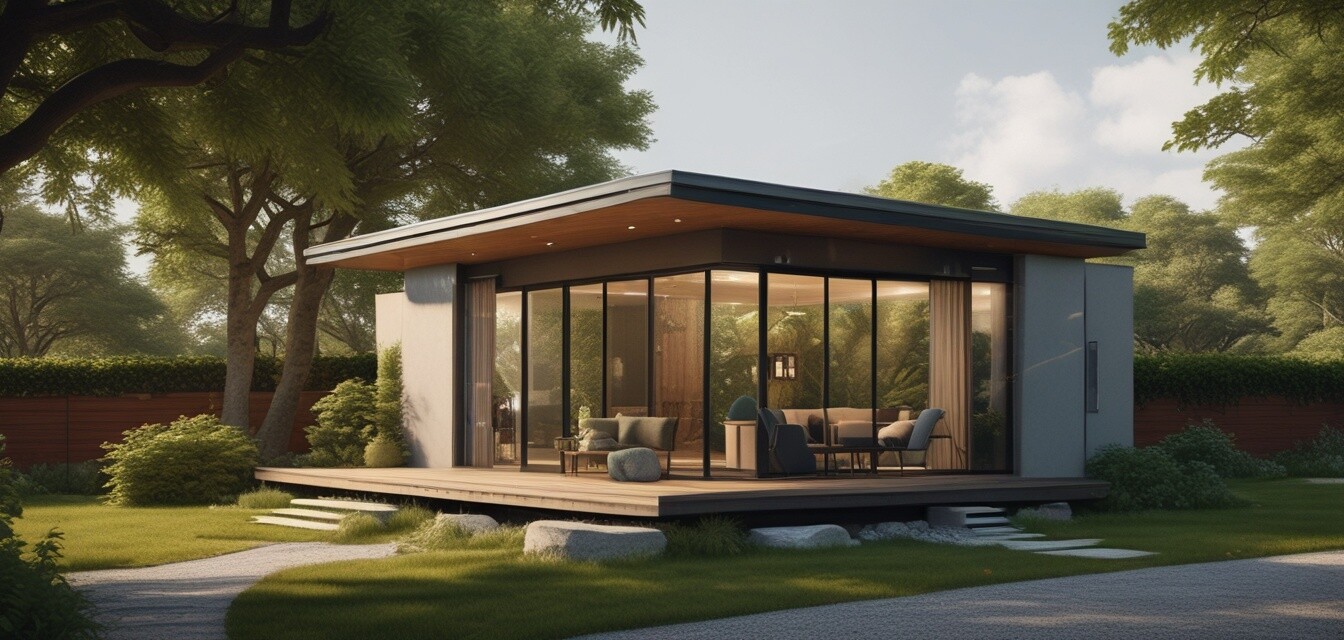
Looking for more information on prefab homes and sustainable living? Check out our articles on Compact Furniture for Small Spaces, Energy Solutions for Prefab Homes, and Sustainable Materials for Prefab Construction.
Beginners Guide to Prefab Homes
New to the world of prefab homes? Here are some tips to get you started:
- Research, research, research: Learn about the different types of prefab homes, materials, and customizable options available.
- Consider your budget: Determine how much you're willing to spend on your prefab home and factor in additional costs like land and installation.
- Think about your lifestyle: Consider your daily habits and how they may impact your prefab home design and material choices.
By understanding the various material options and customizable features available for prefab homes, homeowners can create a space that not only fits their personal style but also helps to reduce their environmental impact. Whether you're looking for sustainable materials, energy-efficient systems, or simply a space that reflects your unique personality, prefab homes offer a range of options to fit your needs.

